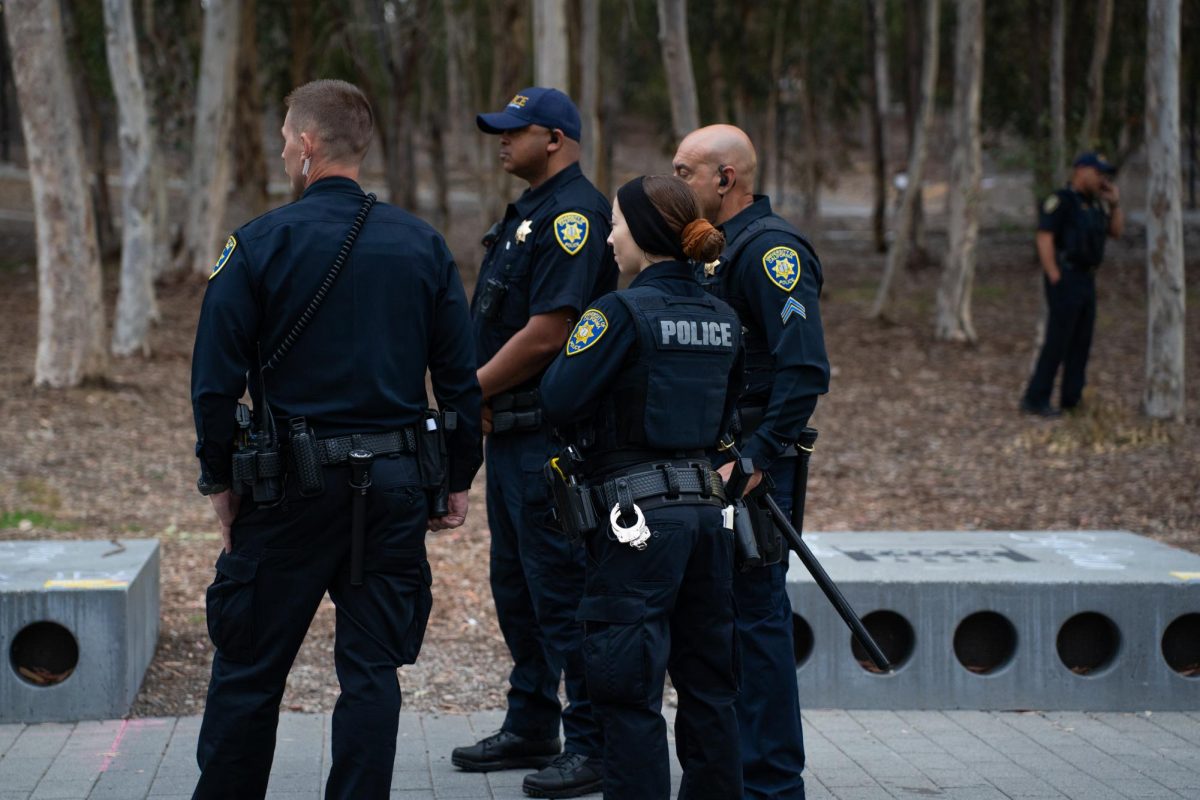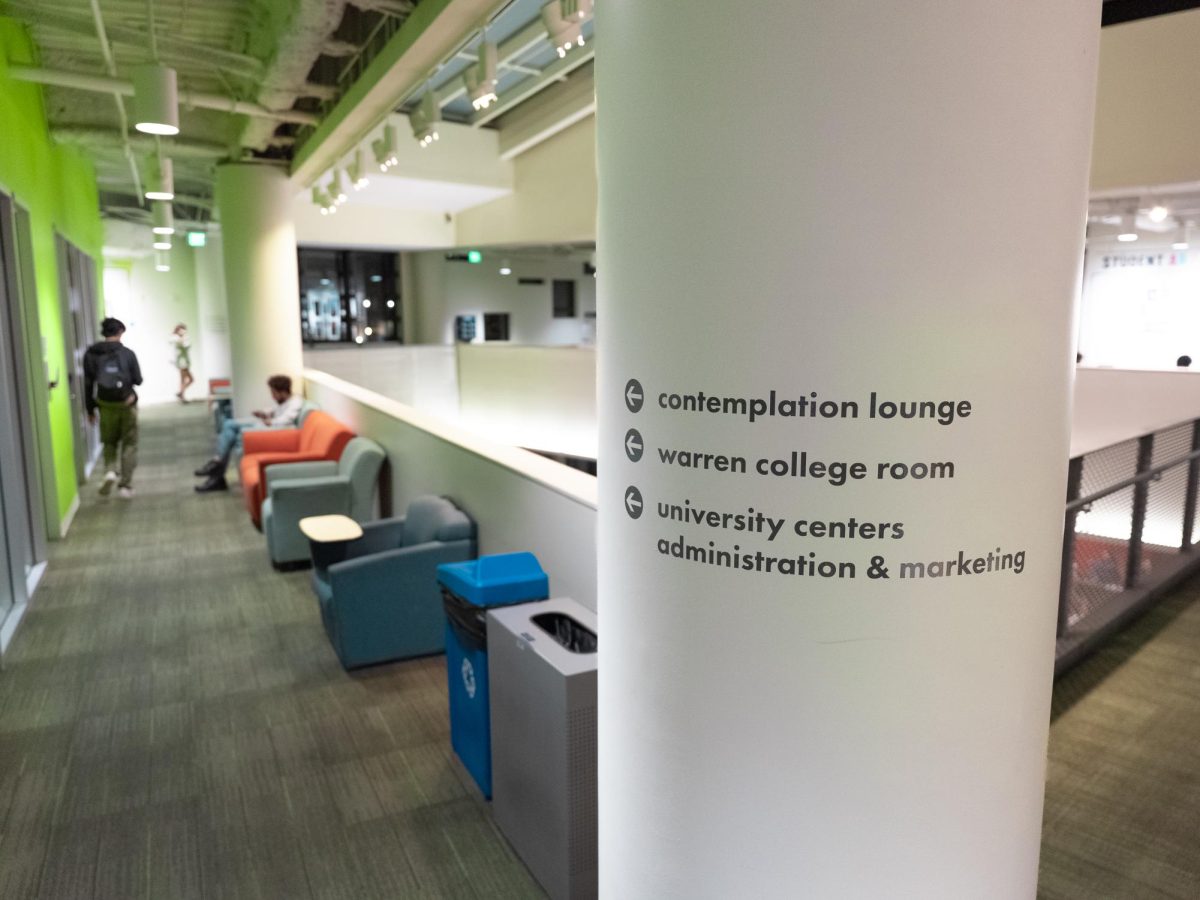Proposition 50, also known as the Election Rigging Response Act, is the only statewide measure on the ballot in California’s special election on Nov. 4. If passed, Prop 50 would amend California’s Constitution to allow for temporary changes to congressional maps in response to Texas’ partisan redistricting. The new congressional district maps will be in use from 2026 through 2030.
What Prop 50 does
To pass, Prop 50 requires a simple majority.
Voting YES on Prop 50 means that California would use new, legislatively drawn congressional district maps in the 2026 midterm elections. These maps would be used until the 2030 U.S. census, when the Citizens Redistricting Commission would draw a new congressional map. Prop 50 would also require a one-time cost to counties of up to “a few million dollars” total and a one-time cost to the state of about $200,000 to update election materials.
Voting NO on Prop 50 means that the current congressional district maps drawn by the California Citizens Redistricting Commission would be utilized until new maps are drawn after the 2030 U.S. census.
Redistricting, explained
The House of Representatives has 435 members. Representatives are apportioned to each state based on its population. Each representative in the House represents a given area of the state called a congressional district. The U.S. census, taken every 10 years, records the population of each state and district.
State legislatures typically redistrict after each U.S. census. According to the Legislative Analyst’s Office, redistricting is defined as “states drawing new congressional district maps to reflect their number of House representatives and where people live.”
Redistricting in each state must follow a set of federal standards outlined in both the U.S. Constitution and the federal Voting Rights Act of 1965. Although states can adopt their own criteria by amending their respective state constitutions, they must comply with federal constitutional requirements. The apportionment clause of Article 1, Section 2, of the U.S. Constitution requires that all congressional districts be as equal in population as possible.
Why now?
The next reapportionment of congressional districts typically occurs after the 2030 census. However, in August, the Texas Legislature passed a bill that adopted newly redrawn maps for the 2026 midterm elections. The proposed map could hand five seats currently held by Democrats to Republican representatives by grouping populations of registered Democrats and Republicans into strategic districts. This remapping would likely give Republicans a majority in the House after the 2026 midterm election. This manner of drawing congressional maps can be considered gerrymandering.
In response to the Texas bill, the California Legislature proposed Prop 50 — a measure that would temporarily use new, legislatively drawn congressional district maps. Furthermore, Prop 50 includes a proposed amendment that would require congressional redistricting to be done by “fair, independent, and nonpartisan redistricting commissions nationwide.” Although Prop 50 could convey voter support, it does not change federal law or require Congress to act.
Before 2010, the California Legislature drew congressional district maps. In 2010, this responsibility was delegated to a 14-member independent commission known as the California Citizens Redistricting Commission. Prop 50 would replace California’s current congressional district maps with legislatively drawn maps until the commission draws new district maps after the 2030 U.S. census.
What proponents say
“They want to change around the maps, not the way it’s always been done, every 10 years after a census,” former President Barack Obama said in a press conference with California Gov. Gavin Newsom. “They want to do it before any election in which they’re worried they might lose.”
The two Democratic leaders came together to express that Prop 50 is an attempt to halt the redistricting efforts of President Donald Trump and state leaders in Texas. The proposed bill is a response to the tumultuous relations between Democrats and Republicans, with Newsom stating in a separate press conference that “this is a code red for our democracy.”
“We know it is the intention of this administration to rig next year’s midterms, and perhaps to wreck this country,” Newsom said. The governor has expressed that Prop 50 is, in his opinion, much bigger than just the state of California.
According to the California Democratic Party’s website, “Prop 50 makes sure the 2026 mid-term elections are conducted on a level playing field without an unfair advantage for Republicans.” The redrawn districts in California could mean that Democrats gain five seats in the House and eliminate the possible edge gained by Republicans in Texas.
In an interview, Newsom explained his fear that democracy is being threatened. “It’s about the future of this republic,” he said. “I think it’s about, you know, what the founding fathers lived and died for, this notion of the rule of law, and not the rule of Don.”
What opponents say
According to the No on Prop 50 coalition, Prop 50 is an attempt by California’s politicians to avoid accountability for their “failed leadership.” The coalition believes that the Citizens Redistricting Commission should remain in control of California’s congressional districts.
“Partisan gerrymandering is always wrong and we oppose it everywhere it happens,” said Amy Thoma Tan, a spokesperson for the anti-Prop 50 campaign Protect Voters First. Many opponents argue that counteracting gerrymandering with further gerrymandering is ineffective.
Charles Munger Jr., a California physicist who has donated nearly $33 million to the campaign against Prop 50, believes that California should win control of the House “fair and square” without politicians deciding which Democrats and Republicans are elected.
For more information on voting in the Nov. 4 special election, visit sos.ca.gov.








